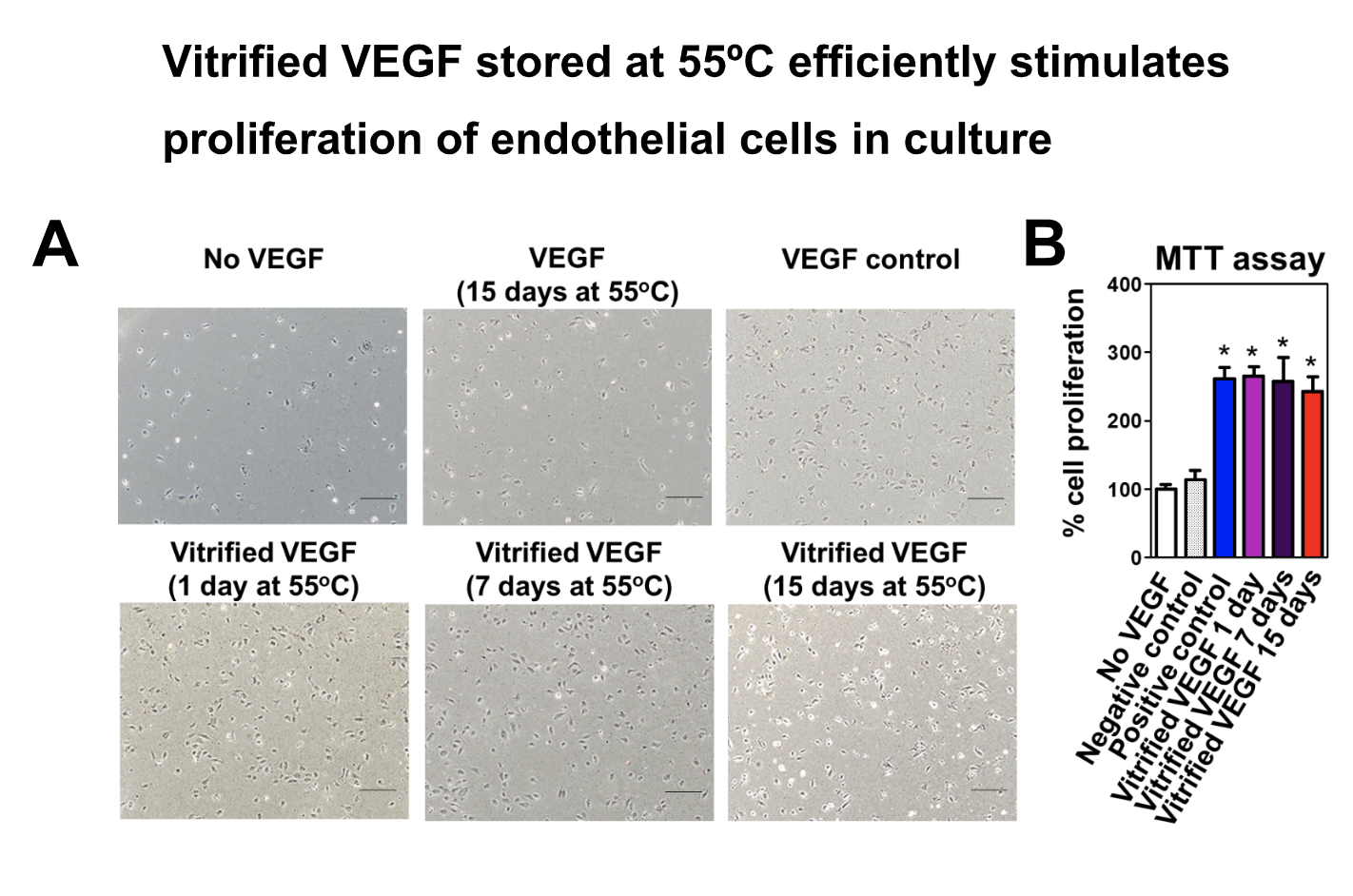Background
About Me

I'm currently a first year Master's student at the University of Michigan (AnnArbor) in the department of Computer Science Engineering, focusing on Distributed Computing. My recent interests lie in real-time computing systems on distributed edge networks and distributing iterative ML models across devices. I'm quite open to new industry and research experiences within the scope of computer science and am looking for opportunities that will allow me to leverage my broad comprehension of computer science and further my skills and doctoral aspirations.
Profile
Currently, I'm looking for full-time software engineering opportunities for late Summer 2022 and part time opportunities for Winter 2022 and Spring 2023. Feel free to contact me via email.
- Fullname: Sanket Nayak
- Age: 20
- Email: sanketn@umich.edu
Skills
I'm a highly motivated developer with high standards for quality of deliverables and mindful of evolving best practice. I work well in collaborative environments and am constantly seeking to acquire new skills and techniques from colleagues and collaborators.













